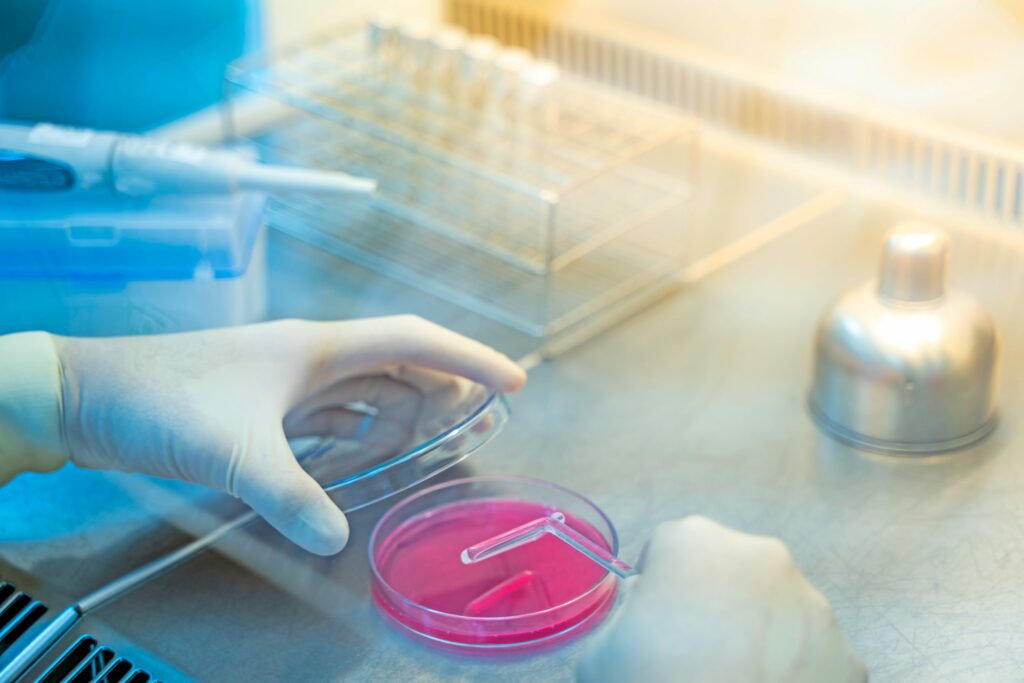Source: Lauren Cahoon Roberts, Phys.org/RPO e-newsletter, 4 February 2022, photo credit: 123RF/pongvit
Measuring how much antimicrobial medication is given to food animals is key to understanding how to slow antimicrobial resistance, when dangerous microbes get so used to antimicrobials that they evolve stronger defences against them.
However, measuring the actual antimicrobial use in animals on a large scale is still a logistical challenge. Because data on antimicrobial sales for use in food animals are easier to obtain, they are frequently used at the national levels as proxies for antimicrobial use. Scientists at the Cornell University College of Veterinary Medicine analysed four different measurement methods used across the globe.
Each governing group used similar equations to calculate how many veterinary antimicrobials were sold for use in food animals each year—but with a few key differences, and no one method was a silver bullet.
Overall, the scientists found that the FDA’s method had a higher level of detail when estimating the total animal weight in a country, while the OIE’s method was easier to use and apply to many countries around the world, with the two other methods from Canada and Europe falling roughly in between the FDA’s high level of resolution and the OIE’s ease of comparability.
Each method employs a similar formula: The total kilograms of antimicrobial sales in a year for a food-producing animal species in a country is divided by total weight of all animals of that species (i.e., biomass) present in a year. The resulting number is the total amount of antimicrobial sales per kilogram of animal weight in a year.
All four methods use national antimicrobial sales, animal population data and average weight of animals in a country for their calculations for estimating weight-adjusted antimicrobial sales per animal category.
Each method presents flaws. Using an animal’s slaughter weight typically overestimates the true biomass number, as most animals are typically heavier at slaughter than they are when they receive antimicrobial treatment. On the other hand, getting accurate, annual data on animals’ weight at treatment is difficult to do, thus the Canadian and European methods use the same standardised weight values for several years at a time, which ignores the potential weight changes for an animal category in a country, such as because animals are raised differently or for a different length of time.
The study also exposes the fact that none of these tools are perfect for monitoring veterinary antimicrobial sales.
By exposing these issues, the scientists hope it will inspire more rigor in the systems used to monitor antimicrobial use.
Source
The South African Pork Producers’ Organisation (SAPPO) coordinates industry interventions and collaboratively manages risks in the value chain to enable the sustainability and profitability of pork producers in South Africa.







